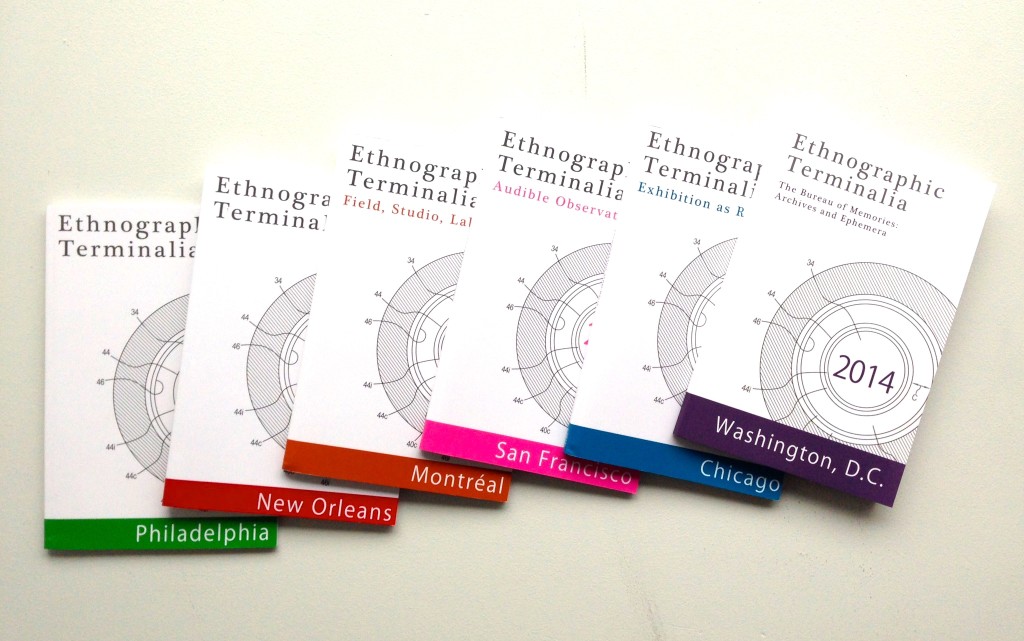
Kate Hennessy and Richard Wilson, "Active Pass to IR9"
Active Pass to IR9
Active Pass to IR9 is a video-based ethnographic collaboration between Kate Hennessy and Richard Wilson, who grew up together on Galiano Island, in British Columbia. The silent video projection depicts the full length of the Porlier Pass Road on Galiano Island, from the ferry terminal at the south end to the Penelekut Indian Reserve #9 at the north end. Two fields of scrolling text on either side of the represent memories and associations that Kate and Richard each have with this physical space and their individual understandings of place as they move through it together for the first time. The texts are generated from transcripts of their conversation while driving. Richard reflects on his ongoing search for knowledge of his own culture, language, and family, as well as the question of Aboriginal rights and the role of the fishing in the recognition of rights. Kate reflects on her position as a recent settler, and questions her knowledge of her own family history and the Aboriginal history and present of the island.
Active Pass to IR9 premiered at the 2008 New Forms Festival in Vancouver B.C., where it was juxtaposed with an exhibit of innovative online Aboriginal media projects. Where Active Pass to IR9 raises questions about the way knowledge and understanding can be obscured within and between members of communities, these on-line projects also suggested that knowledge and understanding might be generated in virtual spaces in ways they cannot be on the ground. At the same time, such representations of Indigeneity on-line demand discussion about the capacity of the Internet and digital technologies to share knowledge more widely than ever before, potentially an extension of the colonial project, rather than a technologically mediated solution to real social problems in and between local Aboriginal and Settler communities. Active Pass to IR9, which was generated with digital technology and publicly posted online, is implicated in this complex web of real and virtual communities and places.
Biography
Kate Hennessy is an Assistant Professor specializing in Media at Simon Fraser University’s School of Interactive Arts and Technology (SIAT). She is an anthropologist and media artist with a PhD in Anthropology from the University of British Columbia and an MA in the Anthropology of Media from the University of London, School of Oriental and African Studies. As the director of the Making Culture Lab at SIAT, her research explores the role of digital technology in the documentation and safeguarding of cultural heritage, and the mediation of culture, history, objects, and subjects in new forms. Her video and multimedia works investigate documentary methodologies to address Indigenous and settler histories of place and space. http://hennessy.iat.sfu.ca
Richard Wilson is from the Hwlitsum First Nation and was born on Galiano Island in British Columbia, Canada where he now resides with his family. Richard is an independent multi media artist who has worked in many facets of film and theatre. His resume includes work in production, stage-managing, acting, and camera work as well as a sound and visuals technician. He has been honored to work with some of Canada’s premiere Aboriginal artists on projects across the country from Cooper Thunderbird at the National Arts Centre in Ottawa, to The Edward Curtis Project in The Northwest Territories, to The Ecstasy of Rita Joe on Vancouver’s down town east side. Richard is currently in the development stage for a television pilot about Aboriginal health in Canada.

